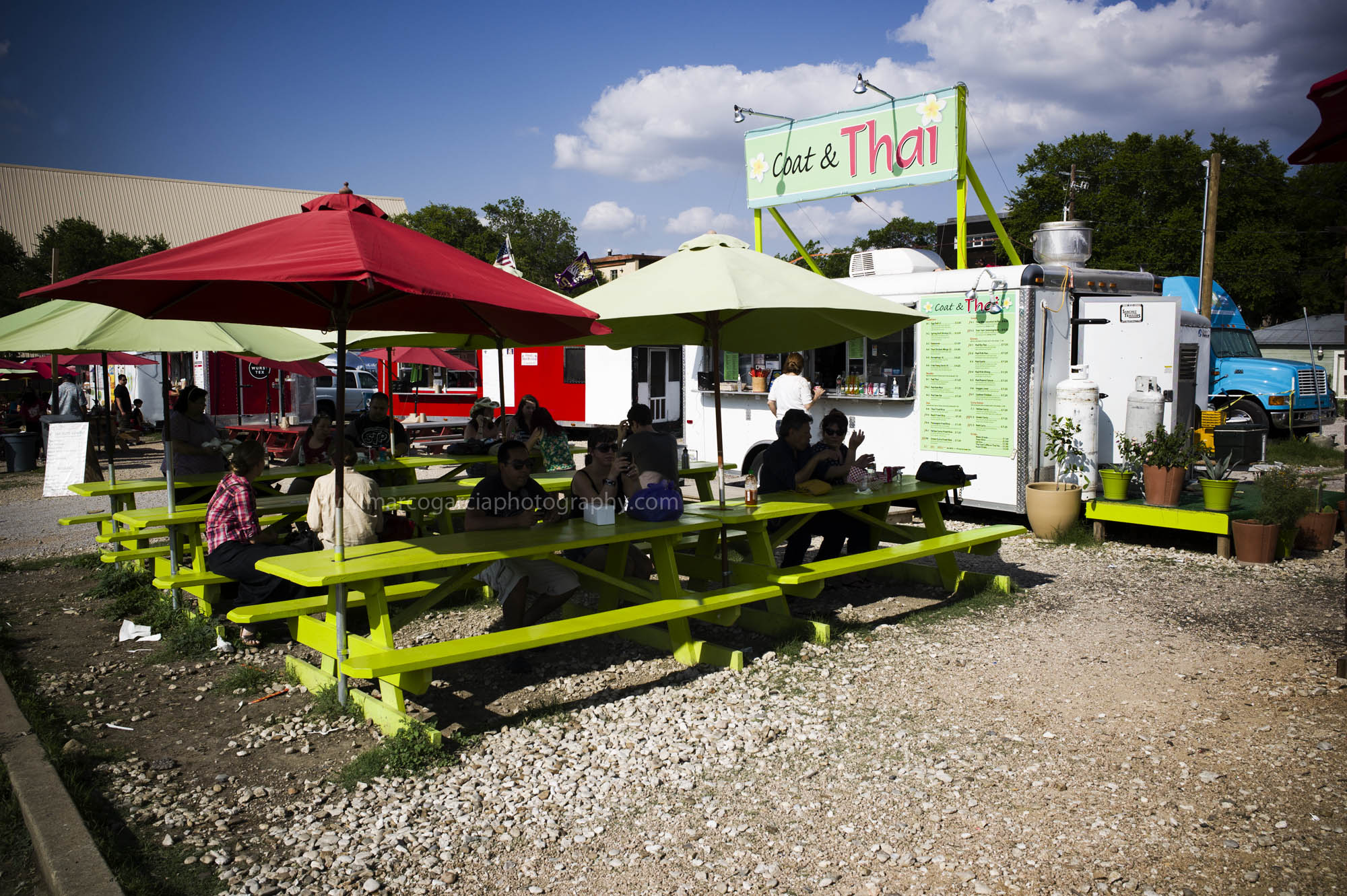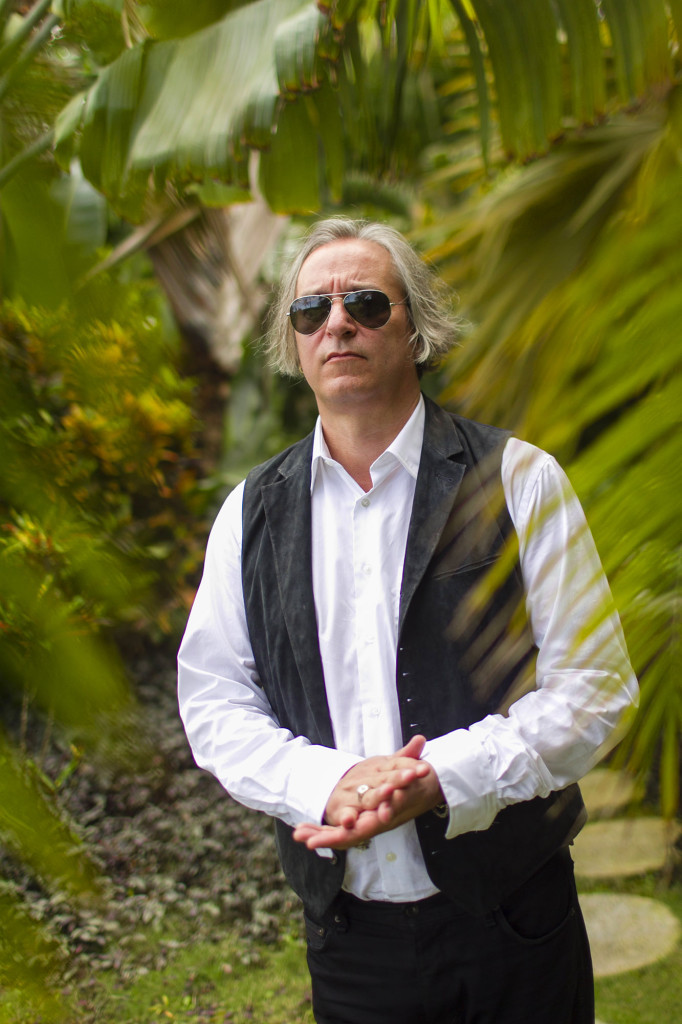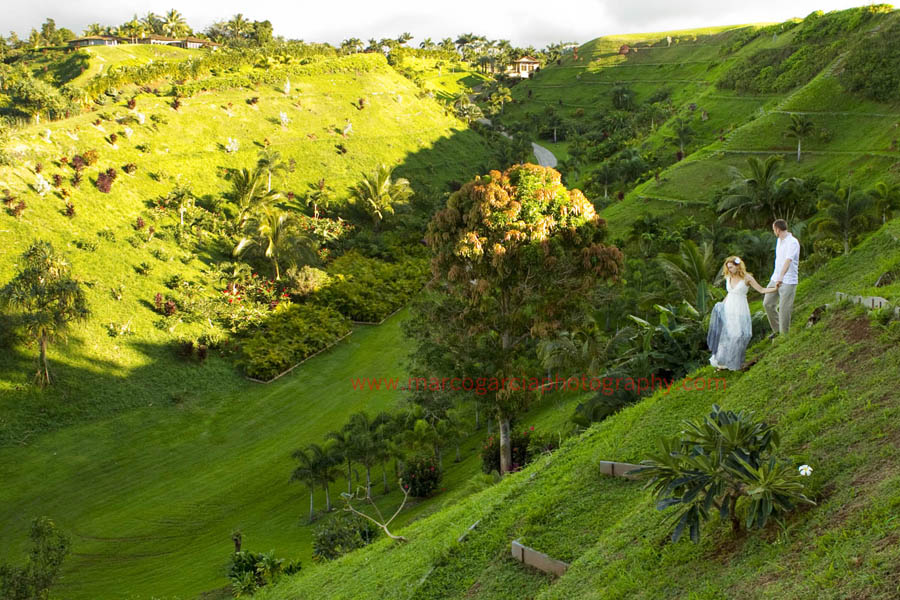17 years ago I never would have imaged the Austin I visited this past May. The green gem of the liberal South developed into a snarling and congested city with swirling highways, Manhattan style co-ops, and a capitalism Austin once fought vehemently in order to maintain its uniquely slacker status as the State’s capital. No where else in Texas would you find rednecks in boots next to a bare-footed bohemian siren across from a sliver-haired professors all crossing paths with a Lucchesed Congressman talking policy with a lesbian couple and their adopted Asian infant. Only in Austin, hence the “Keep Austin Weird” logo that I don’t remember but fondly recall as I more than once found myself in such situations when I was in college back in the early 90’s.
Austin was a Technicolor dream compared to the monotoned murmur of San Antonio, my hometown. Nothing seemed to progress very fast or far in SA other than the Spurs and tourist numbers and when my acceptance letter came bearing burnt orange, I couldn’t wait to escape the clutches of my one horse town.
Again, 17 years later, I knew it could never be the same. The years after I graduated, Austin developed into a premiere town of statue with major tech corps putting their stakes down. SXSW grew into an international event pulling big name bands and acts, and UT’s nationally ranked football program, and of course, its top notch and cheap education, pulled more kids into it’s enrollment. By far, the town of Austin itself drew newcomers for it’s small town flavor and southern hospitality, it’s in-town lakes and Austin’s enduring laid-back and green culture. Sadly, new money and high demand always leads to gentrification and it pushes out many of the people that made Austin…Austin. But change, as much as some may not like it, is good but sometimes gentrification can leave a nasty aftertaste.
We didn’t spend much time in Austin due to our whirlwind tour of Texas so we decided to just drive into town and see what happens. We go for a walk down South Congress and I immediately encounter stuff that begins to wear on me…not for their uniqueness but for its uniformity. Faux-hawks, Converse and skinny jeans. Mercurial girls in short skirts and cowboy boots trying to hard to hide their Brooklyn adapted attitude in western wear. Sneering looks from people who surely didn’t care about me and seemed to be more annoyed by my presence than anything else. It was as if they were annoyed we were on their turf. Eh, its my imagination. Its nothing but I was beginning to think I was like in Southern California with all the curt smiles and bad attitudes.
Within all the hip and vintage clothing were the burnt orange baseball hats of the Levi-ed and booted wearing frat boy and the Umbroed sorority girlfriend with standard frat party t-shirt and Kate Spade handbag. But they were outnumbered by skateboards, Holgas, and people wearing identical “I’m a Pepper” t-shirts. Oddly enough, I felt a more comfortable fraternity with Christi and Jeff than with the new hipster that flowed down the streets.
So I thought…Big deal. So a bunch of ironic non-conformists hipsters found Austin and made it their new town to destroy then bitch about how it was so cool like last week before all the poseurs showed up and ruined everything. Hipsters infected New York long ago so I wasn’t too put out by their entitlements. They uprooted loads of artists and photographers who were making a living (and art) in the slums of Dumbo by rushing in and pushing the rents up to the limits and standards of Manhattan. It’s hard to stop that type of progress.
But what killed me the most about the new Austin was this jackass I came across at the Whole Foods flagship on North Lamar. This guy wore a “Don’t Move Here” logo-ed t-shirt.
Don’t move here. Huh. Don’t move here I kept mumbling to myself. Is that addressed to me? Is that addressed to anyone else that came behind him? Bedazzeled, I rushed off to confront him about his choice of clothing only to loose him in an MC Escher world of similar faces and clothes and attitudes. I, dazed and confused, rushed off to find solace in the past.
I knew what this ass was trying to say. He, probably a newcomer from California, who left his craphole of a state to come here and destroy his new one. Like a virus, jerks like this spread to the new epicenter and declare it off limits to anyone after them. I see this type of attitude all through the Hawaiian Islands.
These entitled types, with privileges, and sometime with none, moved in remote places like Oahu’s North Shore, Molokai, and the far ends of Kauai. They paint, surf, write, smoke pot, eat organic and pepper their language with Hawaiian words. They demand their lifestyles be accepted, praised, glorified, and spread. They cut you off in the crosswalk as they speed by in their hybrids with Obama 2012 stickers on the back. They are the types that help ban plastic shopping bags in Kauai, stopped the Superferry on Oahu, and march en mass on the state capital when their views and beaches are threatened by tourists and developers. They piss on newcomers if their surf breaks get overcrowded and pretend they’ve been local all their lives when they’ve just got off the airplane six weeks ago. They are the last ones in and try desperately to lock the door by swallowing the key so no one else can ruin their slice of perfection.

But the worst of all were the highly regarded food trucks. What an absolute waste of time. Bad attitude and service seems to be the only good things dished out from these trendy trucks. Self-important meals of no real direction or distinction other than the clever ability to take two food groups and deep-fry it in organic vegan oil. Good food, whether its an accidental mishap or taken from the food follies on cable TV, has to have some education behind it. Because you ate banana pancakes on Khao San Rd. and taquitos in Juarez doesn’t give you creative license to deep fry a panko breaded a slice of avocado and expect Bourdain to ordain you a chef.
Oddly, I find Bourdain’s shit-eating grin amusingly absurd as it makes for better TV. His blessing of the food truck culture in Austin must have inspired so many more kids to pick up the spatula and create food not fit for much more than their own stupid egos. I can’t help but to wonder what Anthony was really thinking. Sure there’s probably someone making magic in their rinky-dinky trailer somewhere but it clearly has to be vetted so it can shine.
So as my rants and disappointments come to an end, I must say Austin has changed for the better in many ways but in others I just don’t know. Austin is much more multicultural we saw loads of Indian and Chinese families roaming the capital (uh..it was graduation week! HA!) so it seems diversity is clearly changing the face of the town. I don’t live there anymore and I haven’t lived in Texas for over 15 years but I remember what it was like. I remember older students telling me how it was back in the day. They remembered older students telling them…yada yada yada. So does my review of Austin count? Only to me, really.

The one true thing I did see about Austin laid just outside the city limits towards Lockhart. We drove past a family selling live chickens, goats, and fresh eggs. A young boy of about 12 but mature well beyond his age asked us if we wanted to buy something. His voice hid a slight Mexican accent but his Texan was apparent as his dirt farmed hands and dusty cheeks gleamed of his background. We asked him what kind of peoples came to shop here. Was it only Mexicans? He answered, “No, all races come.”
My wife noted how sad it was for him to have lost his childhood so quickly just to help his family. I felt the same but was clearly convinced he was the future of Texas. It wouldn’t be the immature children with tight jeans and scarves around their necks. It would be that kid selling eggs on that Sunday morning.
That encounter was my tale of two cities. One of entitlements and demands, the other of hard work and sacrifice.












